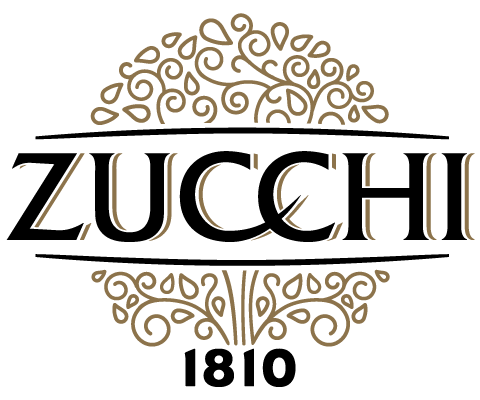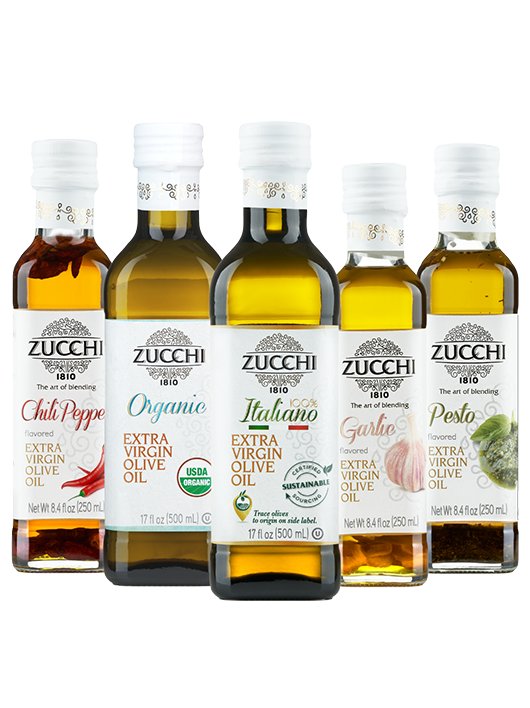Cold Pressing: What Is It?
If you want to buy good olive oil, then you should always look for the words: “Cold pressing”. But what is it exactly? How does it differ from other production methods and why is it so important? We’ve put together a concise list of the most important things that you need to know: DEFINITION…
May 5, 2021


